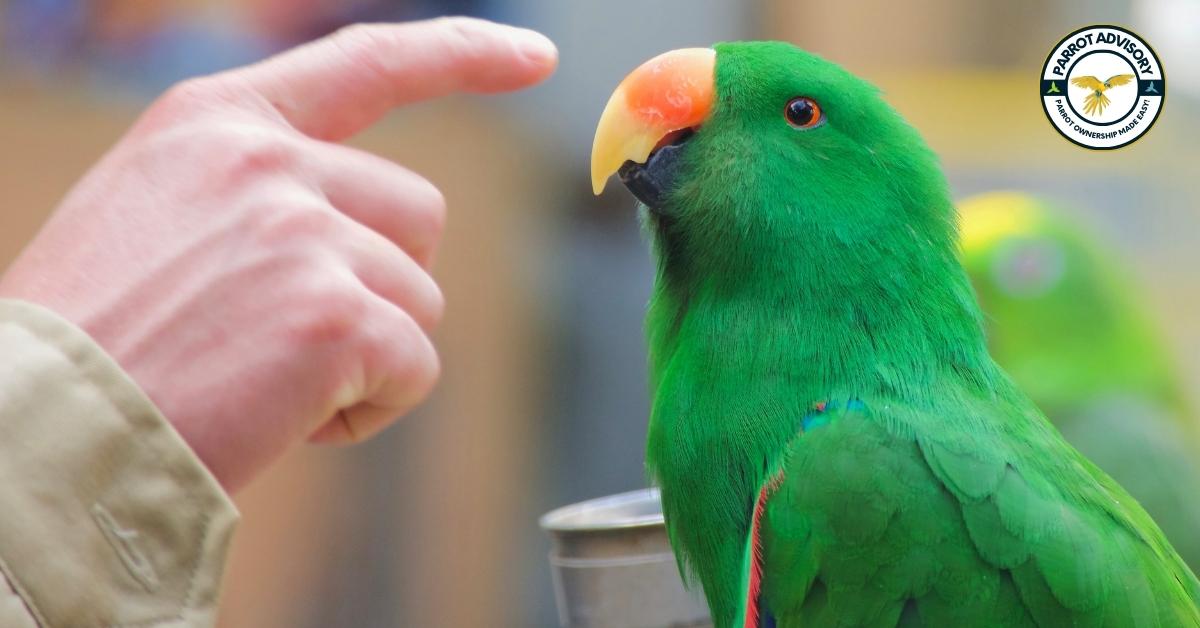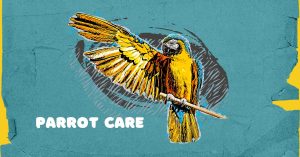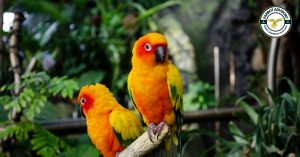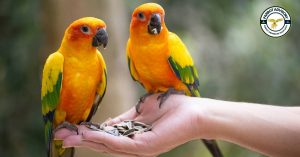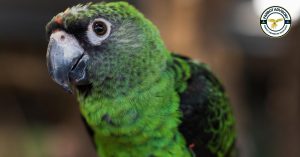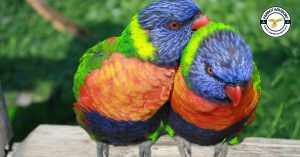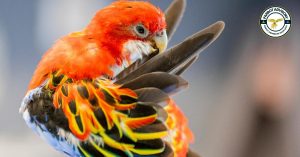Millions of people around the world love parrots as pets. But did you know that these colorful birds are also capable of some pretty amazing feats? For example, some parrots can bluff – or pretend to be something they’re not – in order to get what they want.
In this article, we’ll explore some of the reasons why parrots might bluff and how you can train your bird to do the same thing with less risk of getting caught. So whether you’re looking for a fun pet or an amazing communication tool, parrots might just be a perfect choice!
Characteristics of Bluffing
Recent research has shown that bluffing is a behavior common to parrots. This article will discuss the various characteristics of bluffing in parrots, and how it can be used to communicate with others.
Bluffing is a behavior common to parrots. It is usually used to communicate with others, and it can be used to get what you want. Bluffing can be used to make a threat or to try and gain the trust of someone else. Bluffing can also be used as a form of communication.
There are several characteristics of bluffing that need to be considered when talking about this behaviour in parrots. First, bluffing is often used to intimidate others. Second, bluffing can be used to try and gain the trust of someone else. Third, bluffing can be a way of communicating information. Fourth, bluffing can be a way of trying to get what you want. Fifth, and lastly, bluffing can be a way of making threats.
When bluffing in parrots, it is important to remember the importance of context. This means that the context in which the bluff is being made needs to be considered. For example, if you are trying to make
Reason Behind Bluffing Behavior
There are a few reasons why parrots bluff in their interactions with others. One reason is that they may feel threatened or endangered and need to create a barrier between themselves and their aggressor in order to protect themselves. Parrots also bluff as a way of making themselves look powerful or credible. By appearing to be in control, the parrot can scare off potential predators or adversaries.
How to Handle Bluffing Behavior
Many people think that bluffing is a clever way to get what they want. In reality, bluffing can backfire and make the other person angry. Here are four tips for handling bluffing in parrots:
1. Be clear about what you want. If you don’t clearly state your intentions, the other person may think that you are trying to trick or deceive them.
2. Don’t overuse bluffing. If you keep bluffing, the other person may become suspicious and stop cooperating. Instead, use it only when you have a real advantage (such as knowing more information).
3. Avoid angering or insulting the other person. This will only make them angry and unwilling to cooperate.
4. Be patient. Bluffing can take time to work, so be prepared to wait for the other person to respond.
Conclusion
Bluffing behavior is a common occurrence in parrots, and it can be both fun and educational for humans who are interested in observing the birds up close. When an animal bluffs, it is trying to deceive another animal into thinking it has something that it actually doesn’t. This might be a threat display (a warning signal), or it could be an attempt to gain access to food or water that is otherwise off limits. By learning what bluffing looks like in different situations, you can start to understand how your parrot thinks and behaves.

